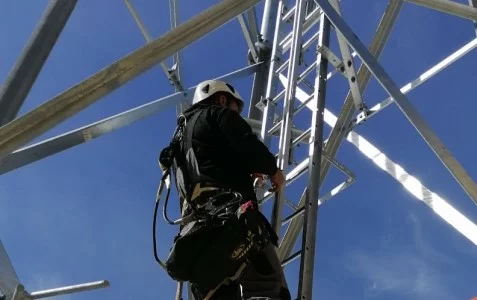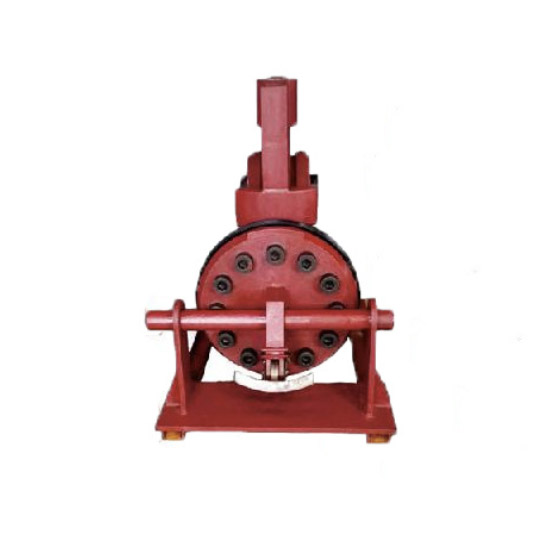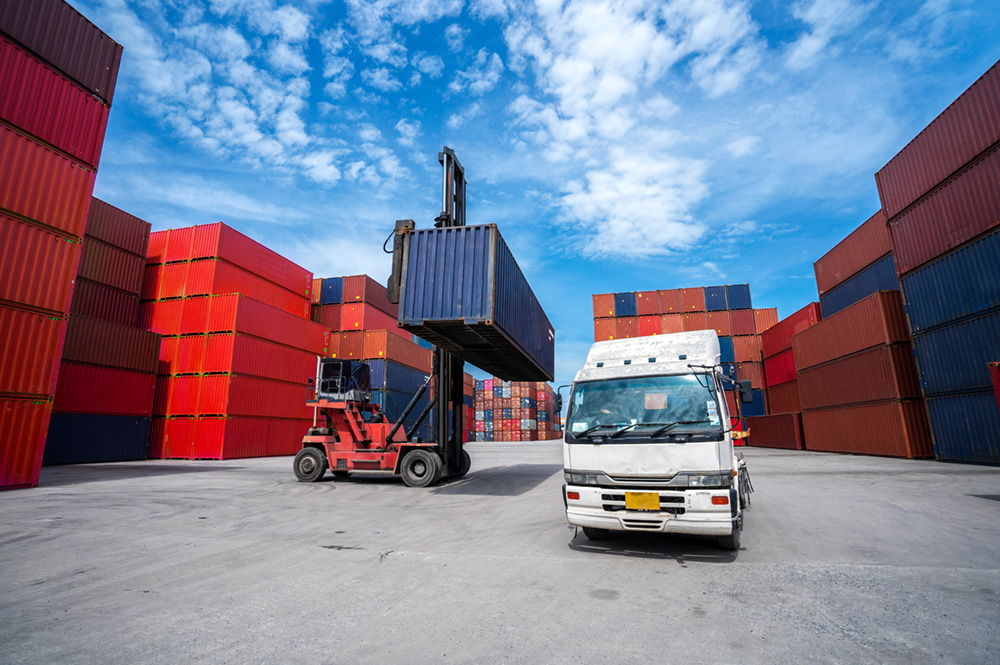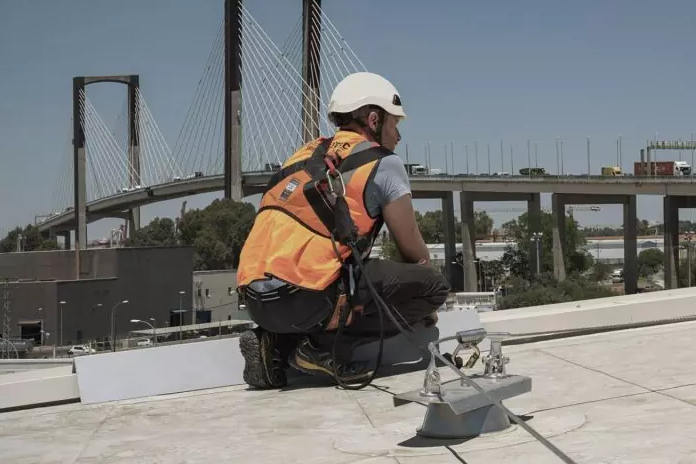Telecom towers are critical components of the telecommunications network, enabling reliable connectivity across the Philippines’ vast and diverse landscape. As the demand for faster, more stable communication grows—especially with the expansion of 5G—maintaining these towers has become essential to guarantee safety, operational efficiency, and longevity. Telecom tower maintenance in the Philippines involves specialized services designed to address the unique challenges posed by the country’s environment, geography, and regulatory requirements.
What is Telecom Tower Maintenance?
Telecom tower maintenance refers to the systematic inspection, repair, and servicing of telecommunication towers to ensure they function safely and effectively. These towers are often subjected to harsh environmental conditions such as typhoons, heavy rainfall, and humidity, making regular maintenance crucial. Maintenance activities may include structural assessments, electrical system checks, antenna and equipment adjustments, corrosion control, and safety system installations.
Given the complex nature of working at significant heights and handling heavy equipment, telecom tower maintenance requires specialized engineering firms with expertise in rope access, load handling, and fall protection systems. Proper maintenance not only safeguards the physical infrastructure but also protects the technicians who perform these high-risk jobs.
Challenges in Telecom Tower Maintenance in the Philippines
Maintaining telecom towers in the Philippines comes with a distinct set of challenges. The archipelagic geography means many towers are located in remote or difficult-to-access areas, complicating logistics and increasing operational risks. The frequent occurrence of typhoons and tropical storms accelerates wear and tear on tower structures and associated equipment.
Safety concerns rank high among the challenges due to the inherent risks of working at heights. Technicians face exposure to falls, equipment handling hazards, and environmental elements. In addition, the dynamic nature of telecom infrastructure upgrades requires maintenance teams to be highly adaptable and proficient with advanced equipment.
Another key challenge is adherence to local regulations and industry standards. Companies involved in telecom tower maintenance in the Philippines must comply with Occupational Safety and Health Standards, as well as guidelines issued by the National Telecommunications Commission (NTC), ensuring that all maintenance activities meet rigorous safety and operational protocols.
Key Services Offered in Telecom Tower Maintenance
A wide range of specialized services are essential to maintain the integrity and safety of telecom towers:
Fall Arrest Systems Installation and Supply: Fall arrest systems are critical safety components designed to prevent fatal accidents by securing workers who operate at heights. These systems include harnesses, anchor points, lifelines, and safety nets. A reliable fall protection setup is fundamental to any telecom tower maintenance project in the Philippines, where safety standards are non-negotiable.
Walkways and Guardrails Installation: Walkways and guardrails provide secure pathways and fall protection for maintenance personnel. These structures help prevent slips and falls during inspections or repairs, especially on platforms or tower legs exposed to harsh weather.
Building Maintenance Units (BMUs) and Cable Cars: For towers with complex architectures, BMUs and cable cars facilitate safe and efficient access to difficult-to-reach areas. These units enable workers to transport tools and themselves across the tower structure without compromising safety.
Wire Rope Services and Ropeway Engineering: Wire ropes are vital for load handling and worker support during maintenance. Specialized ropeway engineering services ensure that these cables meet the strength and durability requirements needed for continuous use in telecom tower environments.
Routine Inspections and Preventive Maintenance: Regular inspections identify structural weaknesses, corrosion, and equipment malfunctions before they lead to costly failures. Preventive maintenance prolongs the lifespan of towers and minimizes unexpected downtime.
Why Choose Specialized Engineering Firms Like 828 Cable System Inc.
Among the trusted names in the industry, 828 Cable System Inc. stands out as a premier service provider for telecom tower maintenance in the Philippines. Established under the Benedicto Steel Group, 828 Cable System Inc. leverages decades of experience in rope access, height safety, and load management to deliver top-tier solutions.
Their comprehensive portfolio includes the supply and installation of fall arrest systems, walkways, guardrails, building maintenance units, cable cars, and more. Serving clients across the Philippines and throughout Asia, 828 Cable System Inc. combines technical expertise with a deep commitment to safety and efficiency.
Their specialized approach addresses the unique challenges posed by the Philippine environment, ensuring telecom towers remain operational and safe even under adverse conditions. Choosing a firm like 828 Cable System Inc. means partnering with a company that understands the rigging industry’s complexities and prioritizes worker safety without compromising service quality.
The Importance of Safety in Telecom Tower Maintenance
Safety is the cornerstone of effective telecom tower maintenance in the Philippines. Falls from heights remain one of the leading causes of workplace injuries in this sector. Implementing comprehensive fall arrest systems and height access solutions is not only a legal requirement but a moral imperative.
By investing in state-of-the-art safety equipment and rigorous training, companies protect their workers and reduce liability risks. Regular audits and compliance checks with Philippine Occupational Safety and Health Administration (OSHA) standards help maintain a culture of safety.
Moreover, safety-enhanced maintenance protocols contribute to operational reliability. Preventing accidents means fewer work stoppages and smoother maintenance cycles, which are crucial for telecom operators striving to provide uninterrupted service.
Future Trends in Telecom Tower Maintenance in the Philippines
The telecom industry is rapidly evolving, and maintenance practices are adapting accordingly. Emerging technologies such as drones are being used for aerial inspections, reducing the need for technicians to physically climb towers and thereby minimizing risks. IoT (Internet of Things) sensors installed on towers can provide real-time data on structural health, weather impact, and equipment performance, enabling predictive maintenance rather than reactive fixes.
The rollout of 5G technology across the Philippines is driving increased investment in telecom infrastructure, which in turn raises demand for advanced maintenance services. This includes more frequent inspections and upgrades to support higher bandwidth and denser network coverage.
Sustainability is also gaining attention, with companies exploring eco-friendly materials and energy-efficient maintenance solutions to reduce environmental impact while enhancing tower longevity.
Takeaway
Telecom tower maintenance in the Philippines is a critical service that ensures the reliability and safety of the country’s communication networks. Given the challenging environmental conditions and the inherent risks of working at heights, engaging specialized engineering firms like 828 Cable System Inc. is essential.
Their expertise in fall protection, height access, and ropeway engineering sets a high standard for safety and efficiency. As the telecom sector continues to grow and modernize, prioritizing professional, safety-compliant maintenance will remain key to supporting the Philippines’ digital future.
For telecom operators and infrastructure managers, partnering with a trusted maintenance provider is the best way to safeguard investments and protect workers. Contact 828 Cable System Inc. today to learn more about how their expert services can meet your telecom tower maintenance needs in the Philippines.















